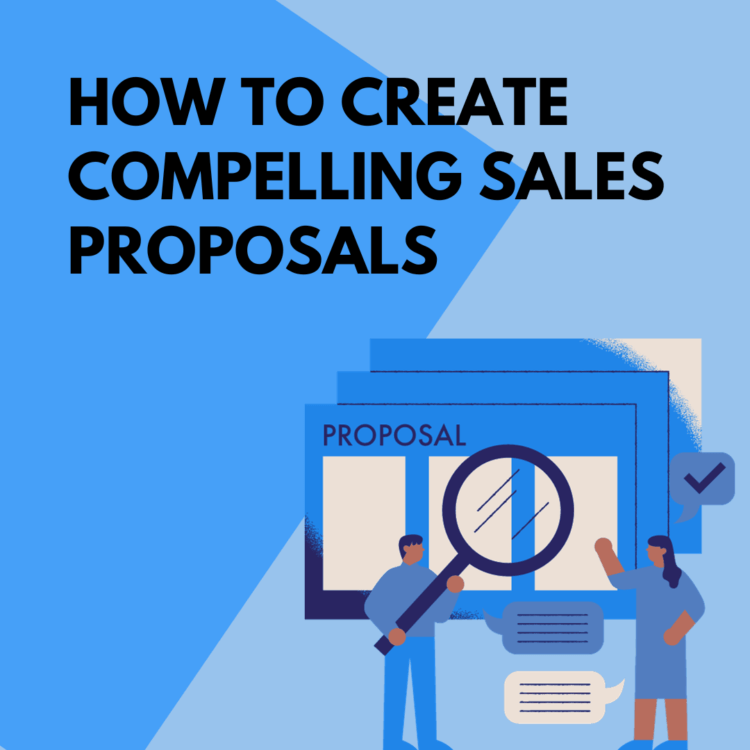In the competitive landscape of business, a compelling sales proposal is often the linchpin that seals the deal. A well-crafted proposal not only communicates the value of your product or service but also showcases your understanding of the client’s needs. In this blog, we explore the essential elements and strategies to create a sales proposal that captivates, persuades, and ultimately leads to a successful partnership.
Understand Your Prospect:
Before diving into proposal creation, invest time in understanding your prospect’s business, challenges, and objectives. Tailoring your proposal to their specific needs demonstrates a genuine interest and increases the likelihood of resonating with them.
Start with a Strong Opening:
The first impression is crucial. Begin your proposal with a compelling and concise opening that grabs the prospect’s attention. This could be a thought-provoking statement, a relevant statistic, or a brief narrative that addresses a pain point they are experiencing.
Clearly Define the Problem:
Articulate the challenges or issues your prospect is facing. Clearly defining the problem sets the stage for presenting your product or service as the solution. Use language that resonates with the prospect’s pain points, demonstrating a deep understanding of their unique situation.
Present Your Solution:
This is the heart of your proposal. Clearly outline how your product or service addresses the prospect’s challenges. Use specific examples, case studies, or testimonials to illustrate successful outcomes. Provide a step-by-step plan that demonstrates the value you bring to the table.
Highlight Unique Selling Points (USPs):
What sets your offering apart from the competition? Clearly articulate your unique selling points. Whether it’s innovative features, exceptional customer service, or a track record of success, make it clear why your solution is the best fit for the prospect.
Provide Transparent Pricing:
Transparency is key when it comes to pricing. Clearly outline the costs associated with your product or service. If possible, offer different packages or pricing options to provide flexibility. Transparency builds trust and helps avoid any misunderstandings down the road.
Include a Call-to-Action (CTA):
Conclude your proposal with a strong and clear call-to-action. Whether it’s scheduling a follow-up meeting, signing a contract, or making a purchase, guide the prospect on the next steps. A compelling CTA instills a sense of urgency and decisiveness.
Create Visually Appealing Content:
A visually appealing proposal is more likely to capture and retain attention. Use professional graphics, charts, and images to enhance the visual appeal of your proposal. A well-organized and aesthetically pleasing layout contributes to a positive overall impression.
Personalize and Customize:
Generic proposals are forgettable. Customize your proposal to the specific prospect you are targeting. Reference their company name, industry challenges, and any personalized insights you’ve gathered. Tailoring your proposal demonstrates a commitment to meeting their unique needs.
Proofread and Edit:
Errors and typos can undermine the professionalism of your proposal. Before sending it out, thoroughly proofread and edit your content. A polished, error-free document reflects attention to detail and reinforces the credibility of your proposal.
Conclusion:
Creating a compelling sales proposal is both an art and a science. By understanding your prospect, starting with a strong opening, defining the problem, presenting a tailored solution, highlighting unique selling points, providing transparent pricing, including a clear call-to-action, creating visually appealing content, personalizing the proposal, and ensuring meticulous proofreading, you position yourself for success in the competitive world of sales. Remember, a well-crafted proposal is not just a document; it’s a persuasive tool that paves the way for mutually beneficial partnerships.










No Comments
Leave Comment